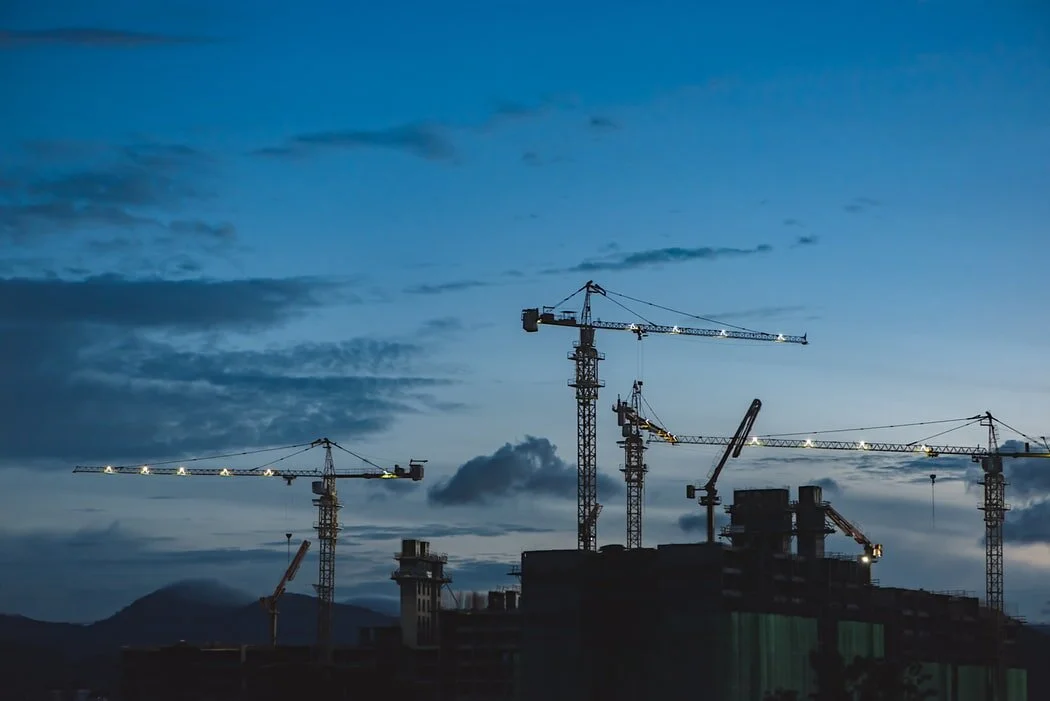Performing Arts Center Construction Issues
Originally published by the Belmont Vision.
The construction of Belmont’s newest project has brought with it blasting, road closures and the concerns of neighbors whose 19th century homes may be at risk of damage.
Construction and the complications that come with it are now part of the Belmont experience; most recently, the addition of a performing arts center to replace International Market.
“I get woken up at 7 a.m. by the horns, and the blasting shakes my house so heavily it’s like an earthquake,” Bernard Avenue resident and student Hayley Pellis said. “It’s just so loud and it makes it really hard to go places. It’s been really inconvenient and kind of terrifying to wake up to.”
In addition to the disturbances, residents have voiced concerns about how updates on construction will be communicated.
“We got yellow notices telling us it was a blasting zone, but not really any more information,” Pellis said. “For the first bit they didn’t have the horns to warn us, it would just happen.”
Even before the written notices, neighbors braced for the blasting schedule.
“It’s gone by in spells,” said Michael Jackson, a nearby homeowner and husband of Belmont professor Margaret Monteverde. “Right now there’s periodic blasting that runs at 9, 11, 1, and sometimes 3.”
Jackson and his wife have lived on Ashwood Avenue for 17 years, but the house dates back to 1899. Shortly after moving in, the ceiling of one of the upstairs bedrooms collapsed from the accumulated damage of construction in the area, Jackson said.
“We’re a little afraid for the ceilings again, so I find myself checking up on them a lot,” Jackson said.
The blasting schedule has been updated, adding the possibility of additional blasts five minutes after the original blasts, according to a campus announcement on myBelmont.
Despite neighbors’ concerns, Belmont’s construction procedures actually go beyond the legal requirements. State law requires construction managers to offer pre-blast surveys to occupants of buildings within 300 feet of the blast. Belmont has extended its range to 1000 feet, said Jason Rogers, who oversees the Office of Community Relations.
In hopes of reassuring homeowners, Belmont has made extra efforts to assess the homes before blasting.
“They’ve been good about having people come in to take photos and assess possible problem points,” Jackson said. “Belmont brings in groups that are basically insurance adjusters to check the ‘befores’ in case there ends up being an ‘after.’”
As a native Nashvillian and Belmont graduate, Jackson has seen his fair share of growth and construction around campus. He graduated from Belmont in 1988 with his bachelor’s degree and later returned to complete a master’s degree.
Since then, Belmont has added a handful of new residence halls and academic buildings.
“When they were building the dorms on 15th, enormous rock trucks would come by every five to 10 minutes,” he said. “The noise meant we couldn’t hear people talk when we were on the patio and the dust in the air made it unpleasant to be outside anyway.”
Although Jackson thinks the growth in Nashville has been “appalling,” he doesn’t feel as strongly about this particular project.
“This one’s not been as much of a hassle as construction in the past,” he said.
Construction isn’t just affecting the homes on Bernard Avenue and Compton Avenue. It’s also affecting traffic patterns.
Pellis said she’s missed mail deliveries because trucks couldn’t get down her street.
Belmont is aware of these issues.
“Relationships with neighbors are important to the university, and there are a lot of practices and policies that are built in not only to each individual project, but also into the entire zoning ordinance that’s built into the campus,” Rogers said.
In correspondence with neighbors, Rogers said he tells them in some fashion: “Although these projects offer significant long-term benefits to our neighborhood and students, we recognize that construction can be disruptive. Belmont is committed to minimizing the degree of disruption. Your patience and understanding are greatly appreciated.”
Nearby residents may not be as as excited about the project, but they understand the blasting and road closures to be part of the process.
“I think sometimes we can get over-enthused,” Jackson said. “But you can’t have growth without change.”
